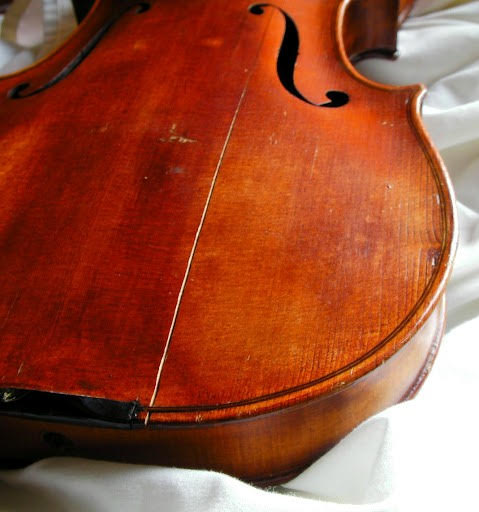Relative Humidity
Organs are composed primarily of wood and soft metals. As with anything made of wood, the organ experiences immense changes throughout the seasons. Violinists and other string players are acutely aware of relative humidity, as lack of moisture in the air can damage their instruments.
Wood acts much like a sponge: As the moisture level in the air increases, wood expands, primarily across the grain. Likewise, when the humidity level drops, wood shrinks. While this change is not easily perceptible to the eye, it can amount to as much as a 2% change in the width of a board throughout the course of a year. In a large panel this might be 1/4" or more.
Wide humidity swings do great damage to organs and everything else made of wood. Consider the following example: The temperature outside is 35° F and the relative humidity outside is 40%. If we heat this air to 70° F without adding additional humidity, the relative humidity has dropped to under 12%. By means of comparison, the average relative humidity in the Sahara Desert is 25%. During the summer, it is not uncommon for the relative humidity inside a non-air conditioned room to reach 70% or higher. The result: a 60% swing.
Obviously, the best choice is to manage the relative humidity throughout the year, adding moisture in the winter and removing it in the summer. Most churches, however, either do not or cannot increase the humidity to acceptable levels in the winter. The best alternative is to do minimal heating during the winter, i.e. heat only for times when the building is in use, and maintain a minimum temperature of 45–55° the rest of the time. Often we hear from churches that have been told either to never heat the church except on Sundays, or to always keep the sanctuary at a specific temperature. While there is some truth to this, remember it is the humidity and not the temperature that does the damage. Temperature affects the pitch, but humidity affects the mechanics and longevity.
To calculate the relative humidy indoors, enter the outdoor temperature, relative humidity, and the indoor temperature into the calculator below.
Relative Humidity Calculator
Outdoor Temperature (F)
Indoor Temperature (F)
Outdoor Relative Humidity (%)
Indoor Relative Humidity (%)


Follow us on Facebook